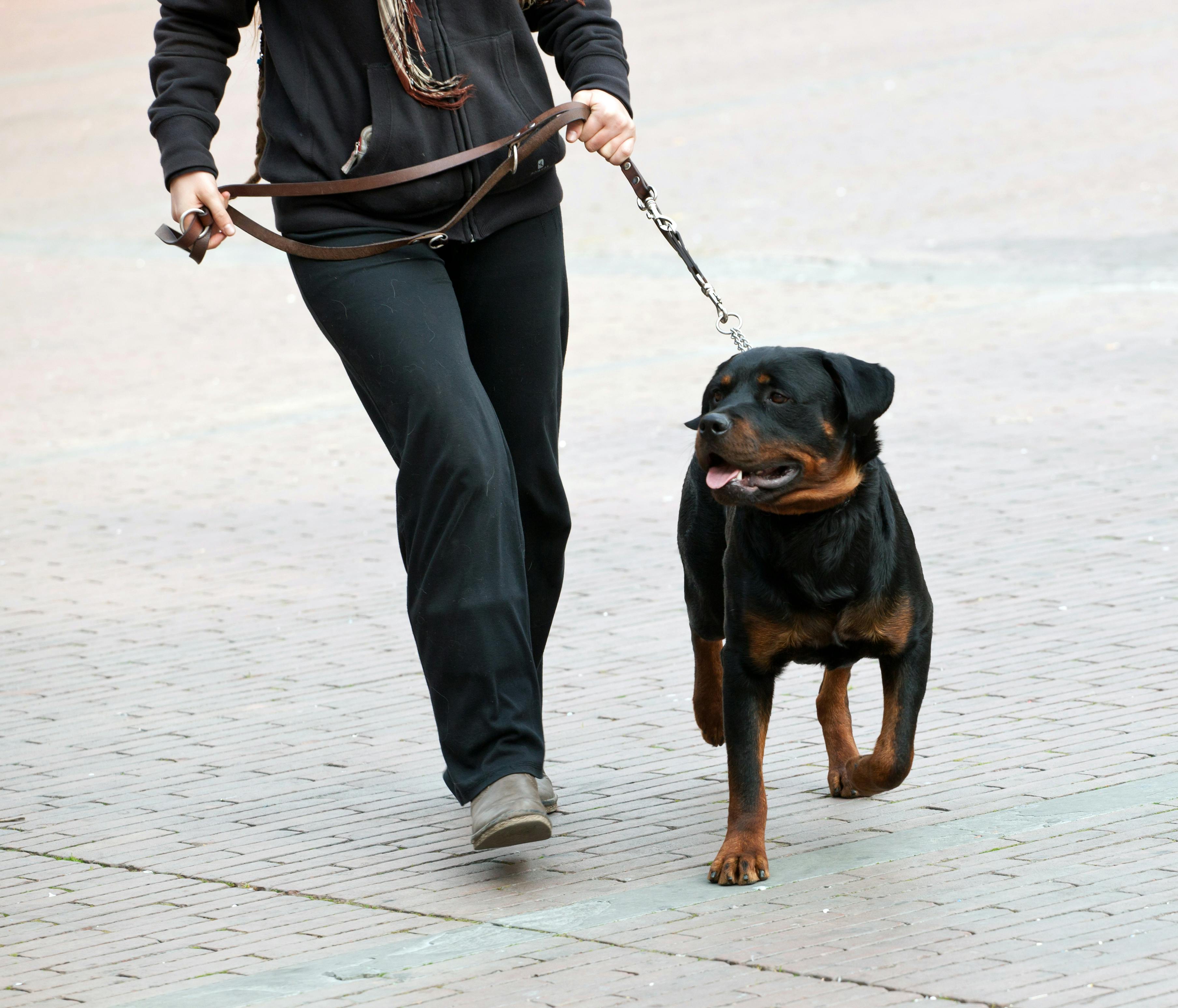
From restrictive choke chains to shock collars, there are numerous leash-and-collar combinations that pet owners should steer clear of due to their potential for cruelty. While some of these devices are overtly unethical, you might be uncertain about the appropriateness of using a slip lead on your dog. Here’s a brief examination of these controversial leashes and whether using a slip lead on your canine companion is advisable.
What is a slip lead?
A slip lead is an all-in-one collar and leash. It features a loop at the end that serves as the collar, tightening indefinitely when pulled—a characteristic that dissuades many pet owners from choosing it.
Nevertheless, slip leads are virtually escape-proof, which makes them favored by professionals for tasks such as capturing strays or relocating animals in shelters.
As slip leads don’t necessitate a separate collar or harness, they prove handy for swiftly restraining a dog in emergency situations. Most issues related to slip leads arise from improper use.
How do I put a slip lead on my dog?
When placing a slip lead on a dog, it’s crucial to do so correctly. Begin by adjusting the loop to ensure it fits comfortably over your dog’s head and make your dog aware of the impending action to avoid startling them.
Position the loop of the slip lead at the top of the dog’s neck, behind the ears and under the jaw. Placing it lower on the neck increases the risk of injury. Once the leash is correctly positioned, tighten the loop by adjusting the ring or slider. Ensure the loop is snug enough to prevent it from coming off but loose enough to avoid choking your dog, allowing for the insertion of two fingers between the leash and your dog’s neck.
Are slip leads cruel?
In the right circumstances, a slip lead is not inherently cruel. However, when used on an untrained dog, it can be harmful. As a slip lead continually tightens, an untrained dog that pulls may suffer injuries to the neck, throat, and spine. Reports exist of dogs experiencing severe whiplash while attempting to run off with a slip lead.
Some individuals misuse slip leads as a training tool, creating negative reinforcement by choking puppies as they pull away, potentially instilling fear of walks in the dog. While slip leads are useful for quickly managing or capturing a dog, many shelters, daycares, and veterinary practices advise against their use due to the elevated risk of injury if a dog suddenly lunges.
Should I use a slip Collar on my dog?
There’s no compelling reason to use a slip collar on your dog, even if they are leash-trained. The potential for sudden lunges, even in well-trained dogs, makes a standard leash and collar a safer choice. Avoid using a slip lead for leash training, as it can create negative associations and fear.
If in doubt about using a slip lead, consult a veterinarian for guidance. While slip leads may be suitable for quickly restraining a dog, their use should be reserved for well-trained dogs in specific situations. The risks associated with slip leads are underscored by the preference for alternative methods in many clinics and shelters. If you choose to use a slip lead, ensure your dog is thoroughly trained in proper leash etiquette. While some suggest using slip leads in potty training due to their quick application, the risk of a puppy pulling on a slip lead is deemed too high.
